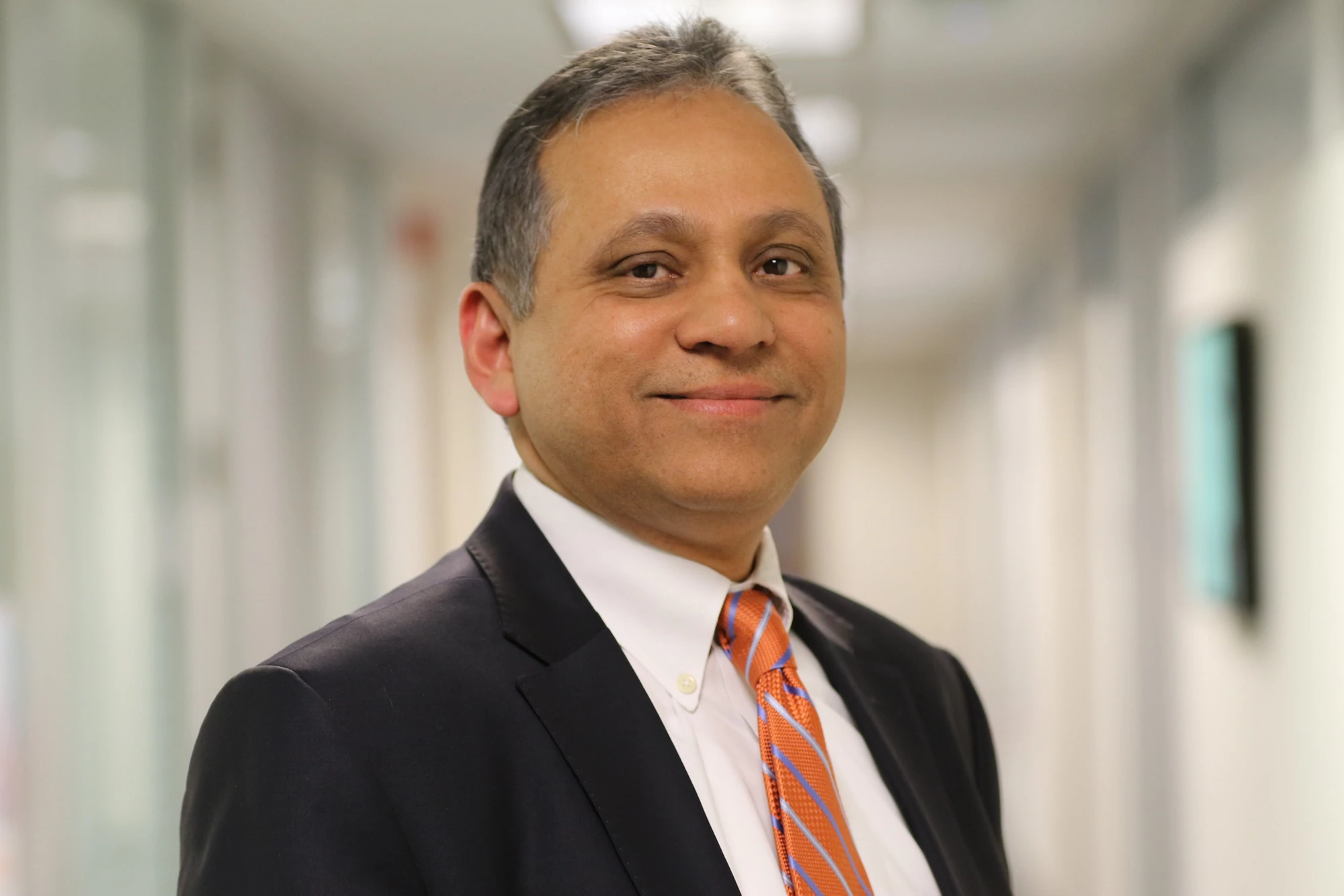In observance of the International Migrants Day, Dec 18
“Far from being irrepressibly attracted by economically successful places, people struggling where they are often prefer to stay home. This suggests that encouraging migration, both internal and external, should indeed be a policy priority….by removing some of the key obstacles.”
- Abhijit Banerjee and Esther Duflo in “Good Economics for Hard Times,” Public Affairs, November 2019.
Migration in the year 2019 was characterized by a chasm between scholarly works and government policies. On the one hand, after carefully considering evidence from the literature, scholars such as Nobel laureates Banerjee and Duflo argued that “many people will choose not to move.” International migration is small, at around 3.5 percent of world population, even after the recent, so-called refugees and migrants crisis. Poor people experience acute loss aversion, they cannot afford to take the risks associated with moving to a new, unknown, uncertain place. Banerjee and Duflo emphasize the centrality of a human being facing poverty, unemployment, man-made violence and natural calamities.On the other hand, country after country is erecting barriers against migrants and refugees, wary of large influxes. The fear of future flows of immigrants is perhaps based on projection of past trends: during 2000-2018,the share of foreign-born in the population increased by 3.7 percentage points in high-income OECD countries. The fear factor focuses on the millions of people that may move in, not on the smaller percentage as a share of a country’s population. It ignores the positive effects of immigration on the host societies, especially of low-skilled immigration (because of low substitution rates between migrants and native-born workers).
To summarize Banerjee and Duflo views, migration is driven by wage gaps and network effects but slowed down by acute loss aversion by poor people who don’t move. If anything, for escaping poverty and calamities, having the option to move may not be enough; governments may need to provide incentives to encourage people to move. Even then, people may prefer to stay where they are. A few policy recommendations, besides that of providing incentives to migrate, that are mentioned in their book are:
o streamline process of migration
o provide information on costs and benefits of migration to migrants
o make it easier for migrants to send money home
o offer insurance to migrants against failure to find jobs in the destination
o ease migrant integration by offering housing assistance, pre-migration matching to a job, childcare arrangements
These policy recommendations are very similar to those presented in the World Bank Board report “Leveraging Economic Migration for Development” published in September 2019. A key message of the report is that migration should be viewed through a development lens; it is not a substitute for development at home but can be leveraged for development. Of the approximately 270 million international migrants worldwide, around 240 million are economic migrants. South-South migration exceeds South-North migration. And migration is beneficial to sending and receiving countries, although it also brings challenges.
Migration is likely to increase in the future. The World Bank report considers three major drivers of migration: income gaps between countries, demographic change, and climate change. Average incomes in high-income countries presently average over $43,000 compared to under $800 in low-income countries, a ratio of 54:1. The working age population of low- and middle-income countries is projected (by the UN and the ILO) to increase by 552 million between 2018 and 2030; not all of them will get jobs in their own country; for those who do, the prospect of larger incomes and better jobs overseas could cause some to consider migration. In addition, climate change is likely to displace people; in smaller countries and island nations, that could lead to international migration.
Managing the rising pressures of migration would require constructive, collaborative and multi-disciplinary efforts. The Bank is trying to support safe and regular migration programs, to monitor and achieve migration-related SDG indicators (such as reducing remittance costs and worker-paid recruitment costs), to generate policy-oriented data and knowledge, and to support global, regional and bilateral partnerships.
----------------------------
The “thin place” referred to in the title draws from the following source:
“In describing their search for the sublime, Celtic pilgrims talk of “thin places” where the distance between heaven and earth narrows and the presence of God is more readily felt. Rosalie, the almost nun, worked in a thin place.”
- Jason DeParle describing Rosalie, a nurse from the Philippines working in a hospital in Texas, in “A Good Provider Is One Who Leaves: One Family and Migration in the 21st Century,” Viking, August 2019.


Join the Conversation